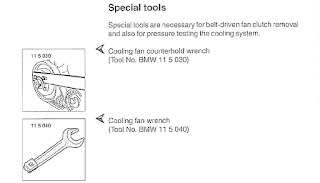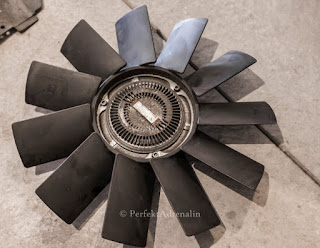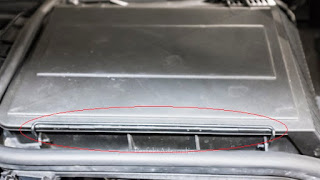The g-Force Comp-2s are terrible once snow starts sticking to the pavement and there is hardly enough traction to drive without fishtailing. It is downright scary going up and down hills or turning and braking in just a couple of inches of snow. They feel more like a Summer tire than All-season in the Winter.
I looked online and decided to get Blizzak WS80 or Michelin X-Ice Xi3 tires, depending on which store had them in stock. I was not able to find any of these tires and needed to special order them. Luckily I found a local tire dealer had 4 Nokian Hakkapeliitta R2 tires in inventory which I scooped up immediately and got them mounted.
The difference in snow and ice is incredible. I haven't had any traction problems and the 530i feel so planted with no noticeable slippage. I am no longer apprehensive about going on curved highway on-ramps that are glistening with ice because of the aggressive Hakkapeliitta tread design.
 |
| Aggressive tread pattern |
 |
| Sidewall grooves to bite into snow |
 |
| I love the look of the Hakkapeliitta R2 |
There are a few downsides to the Nokian tires. Braking distance is longer than with the BFGs and handling feels very mushy and floaty on dry pavement, especially when the temperatures rise above 45 degrees Fahrenheit. While the Hakkapeliitta R2's are amazing in the snow, I get a lot more slippage and wheel spin when the roads are dry and the car feels like it is driving in mud. These are small complaints and trade-offs for the best winter tires on the market.
I highly recommend these tires and I would suggest anyone to buy a set of Nokian Hakkapeliitta R2s. The price is very close to Michelin X-Ice or Blizzak tires but the deep snow performance is unrivaled. I imagine a BMW with xDrive or LSD would be nearly unstoppable with Nokian tires.
I searched Nokian winter tires for E39s and didn't see much information on various BMW forums so I am writing this post. I hope this helps!













































